The goal of this project is to create a set of hardware and software tools to "hack" the 1000/2000/4000 and 6000 series of VTech 8-bit learning computers ("PreComputer").
Current status:
- The hardware is well understood: Z80 CPU, HD44780 LCD controller, keyboard matrix, printer port, bank switching, sound, LED, ROM, RAM and cartridge port.
- The firmware has been reverse engineered to a degree that allows writing custom system ROMs, as well as compiling ROM images that are recognized as cartridges and run by unmodified systems.
- Software can be compiled using SDCC and emulated using MAME.
- The printer port can be retrofitted to systems that don't natively have one.
- Cartridge PCBs have been designed to allow using (E)EPROMs and memory mapped I/O.
- By using "bit banging", the printer port can be used as a 9600 baud serial port without any hardware modifications.
- Using a small hardware modification (soldering wires to ChipSelect pins) it is even possible to run a proof-of-concept CP/M system!
- A dedicated VGLDK (VTech Genius LEADER Development Kit) is currently being developed, to provide a low barrier for developing own programs for the system.
 Bernhard "HotKey" Slawik
Bernhard "HotKey" Slawik



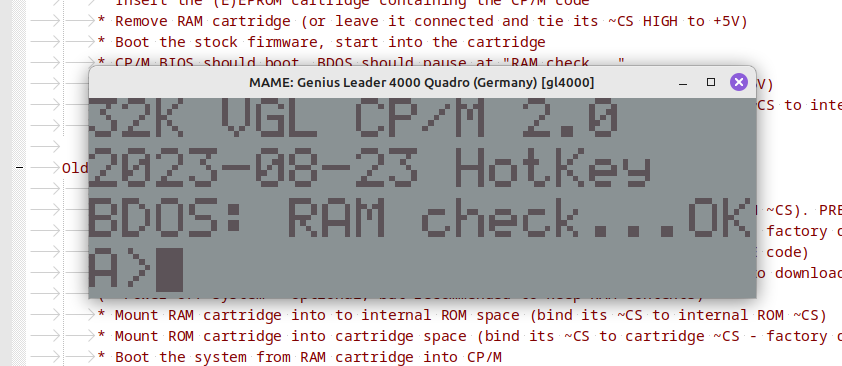
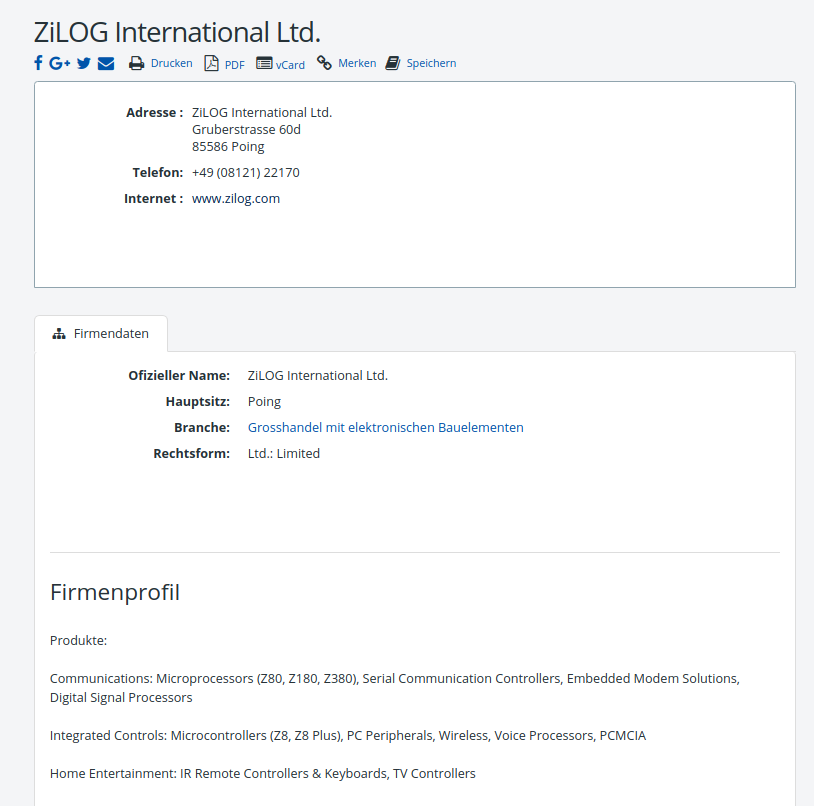
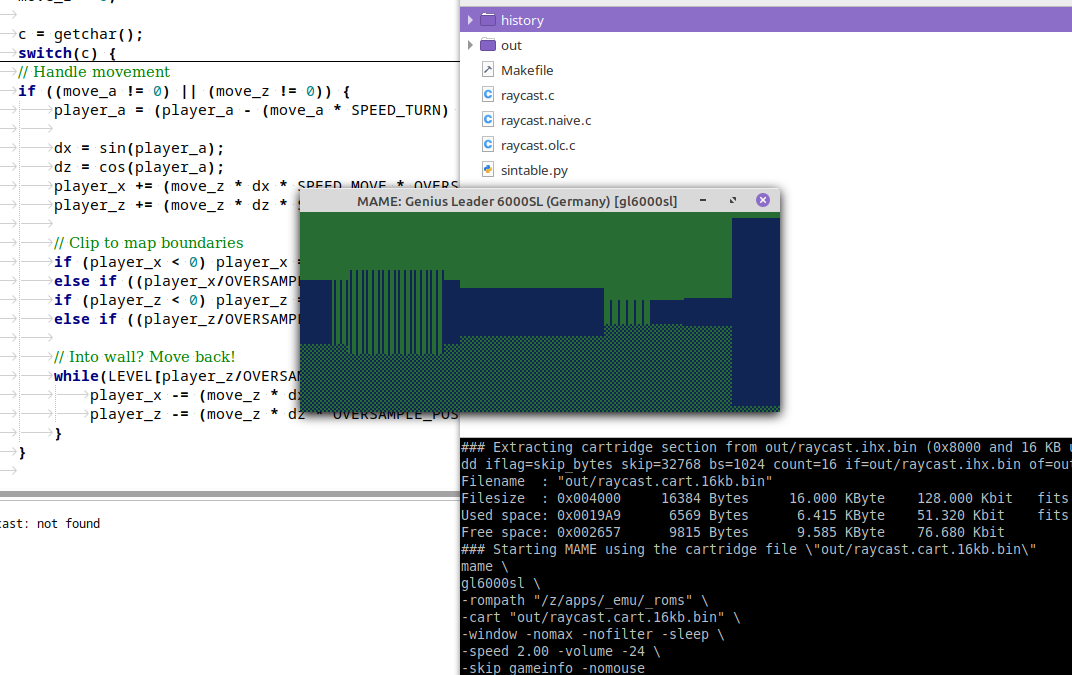
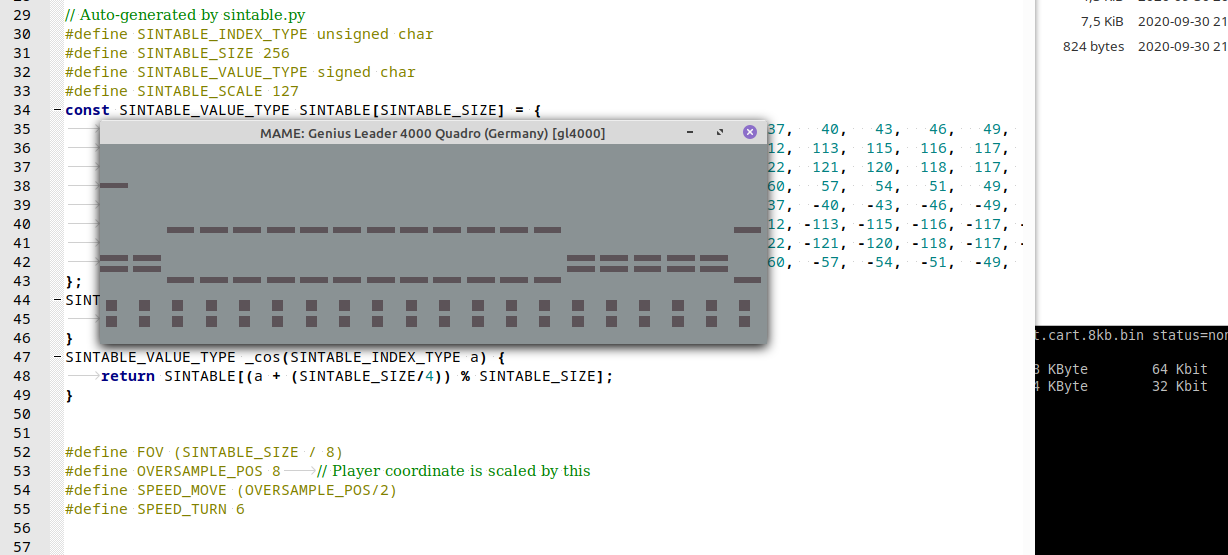
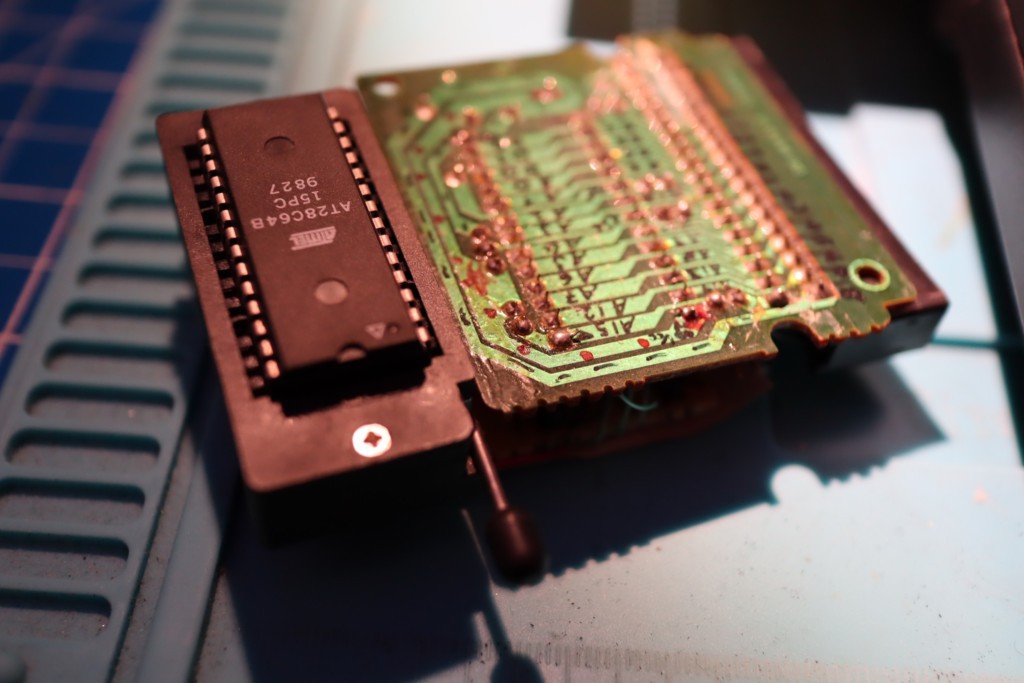
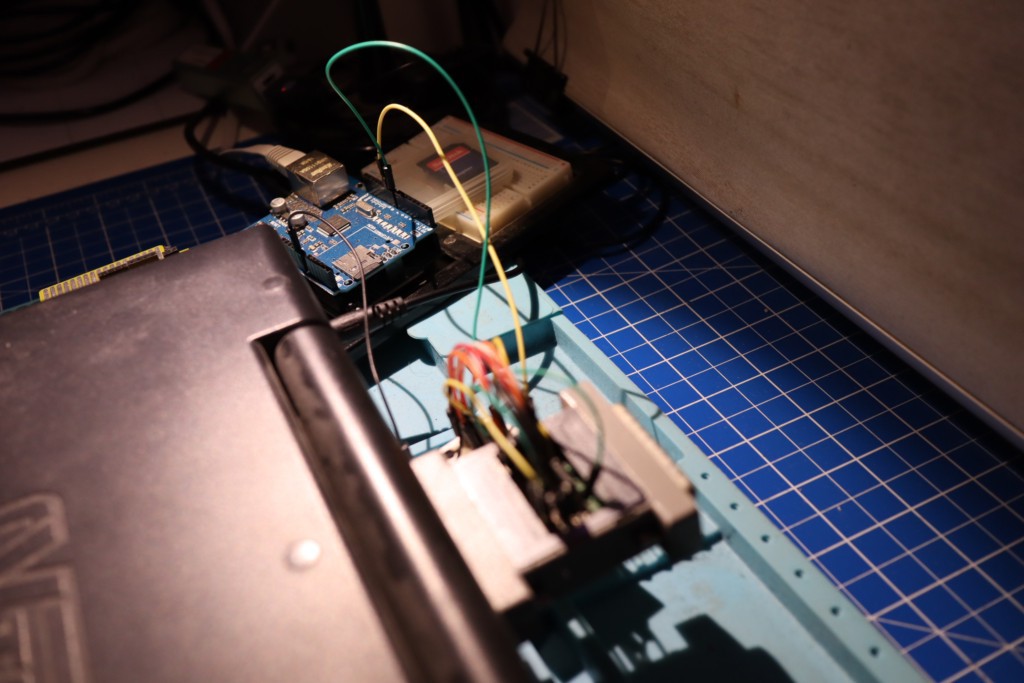
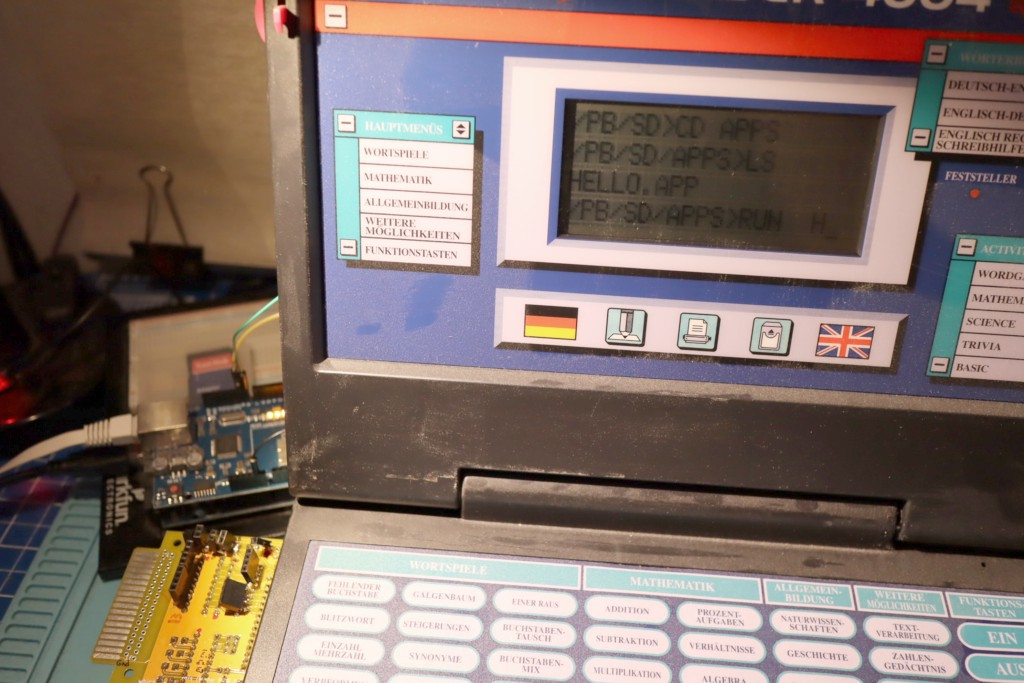
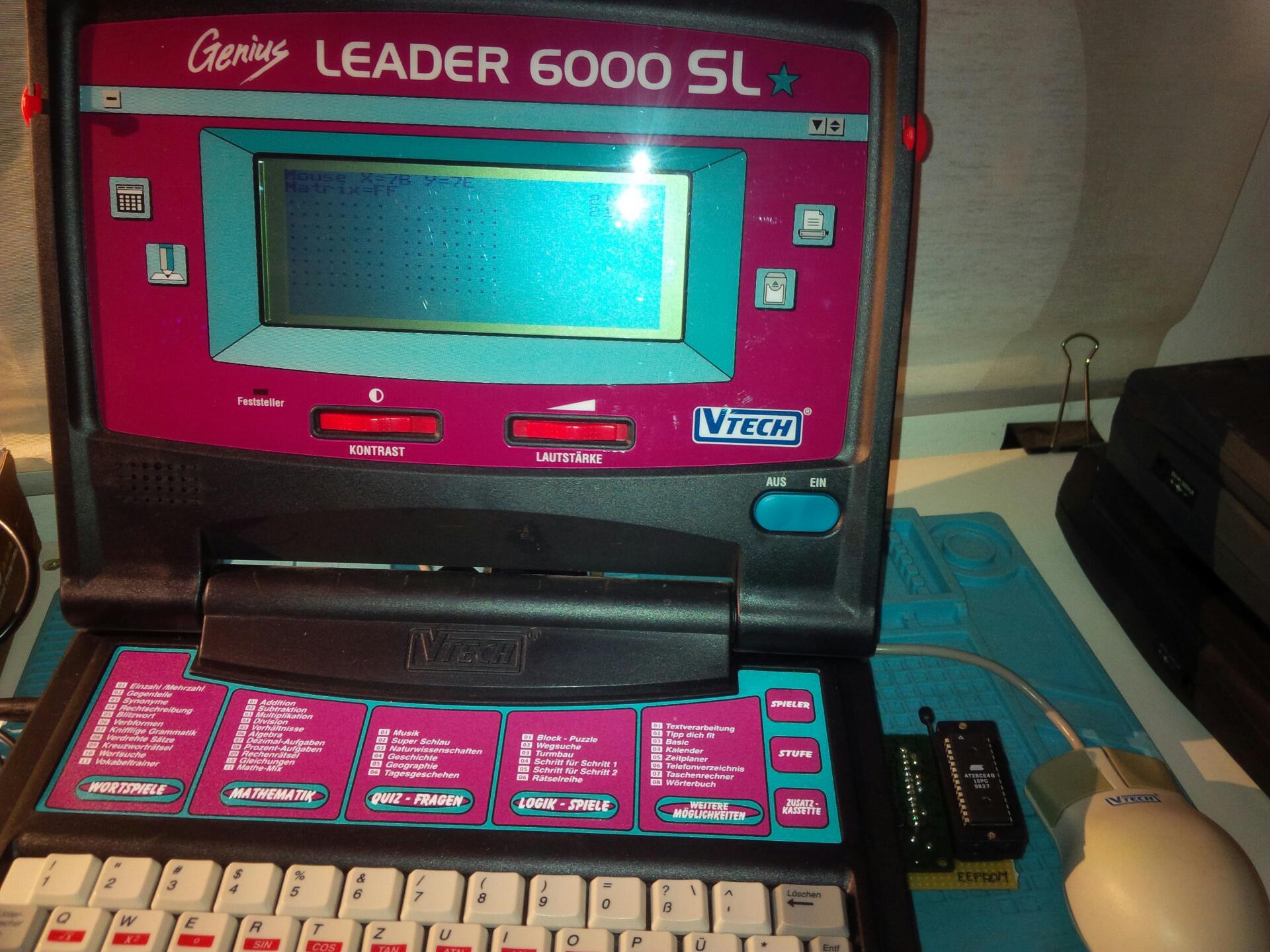
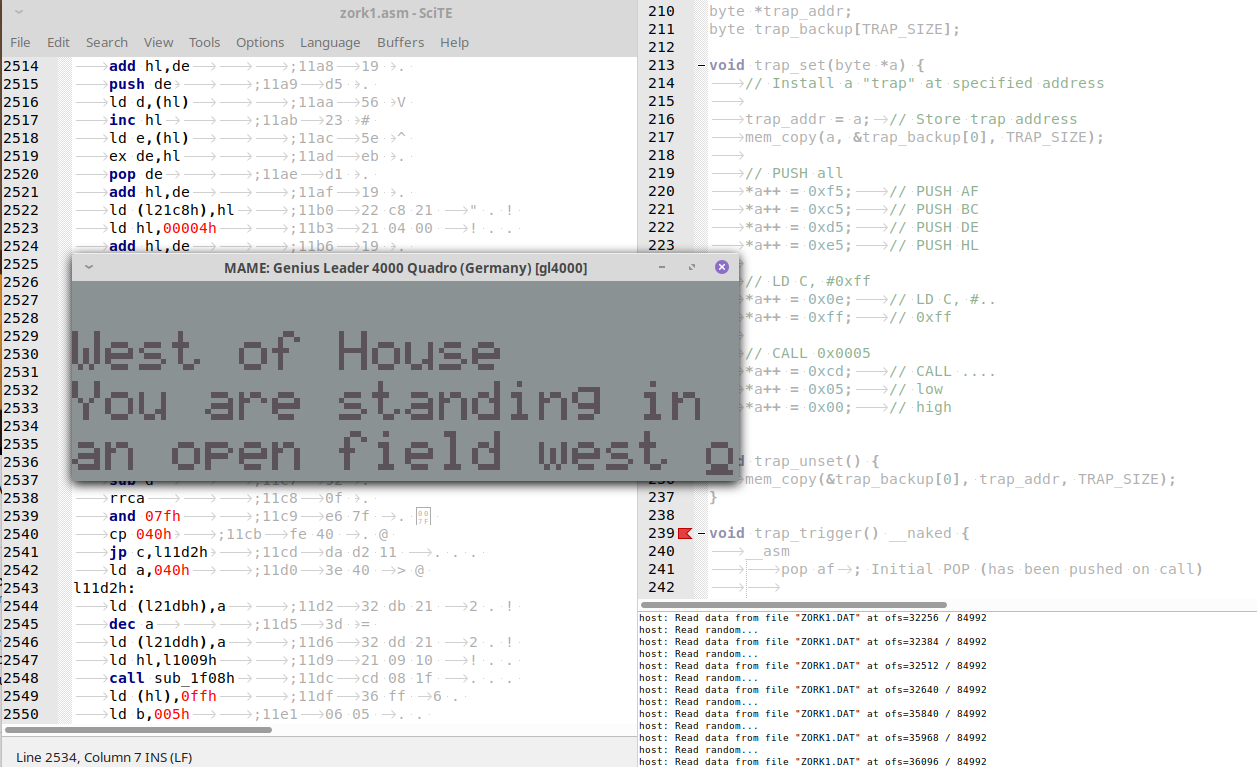
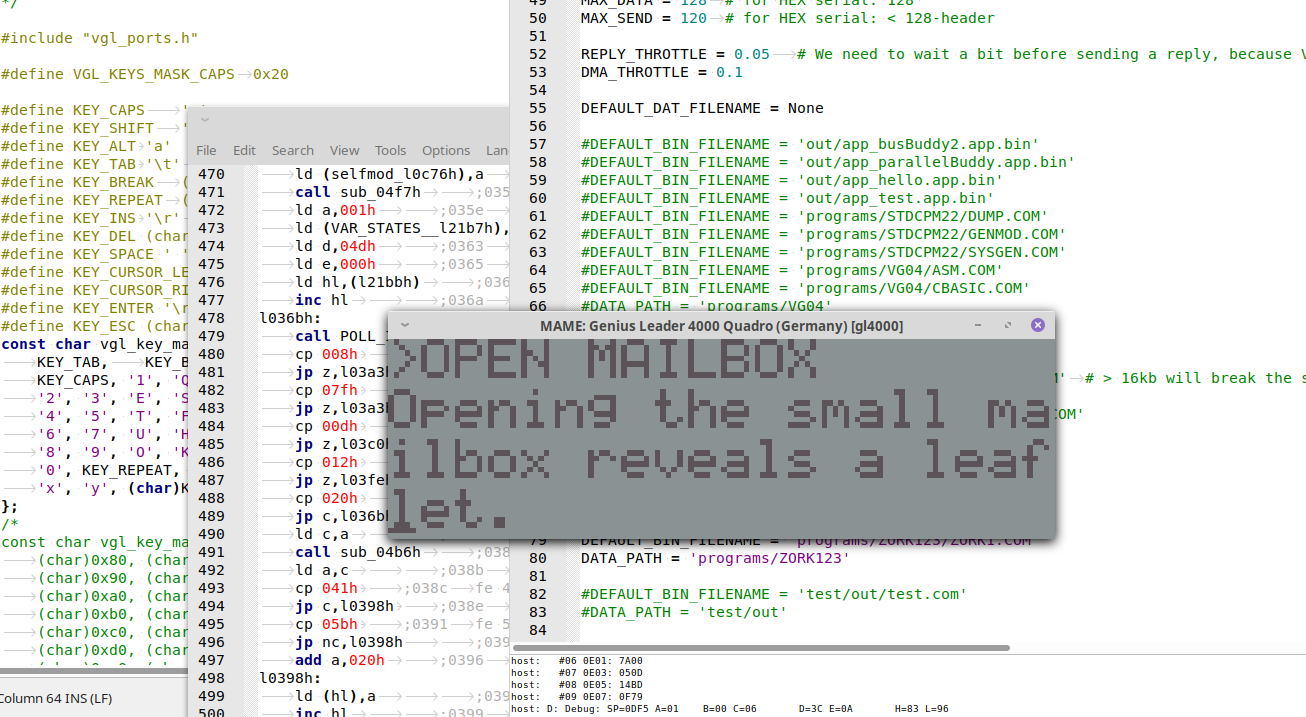
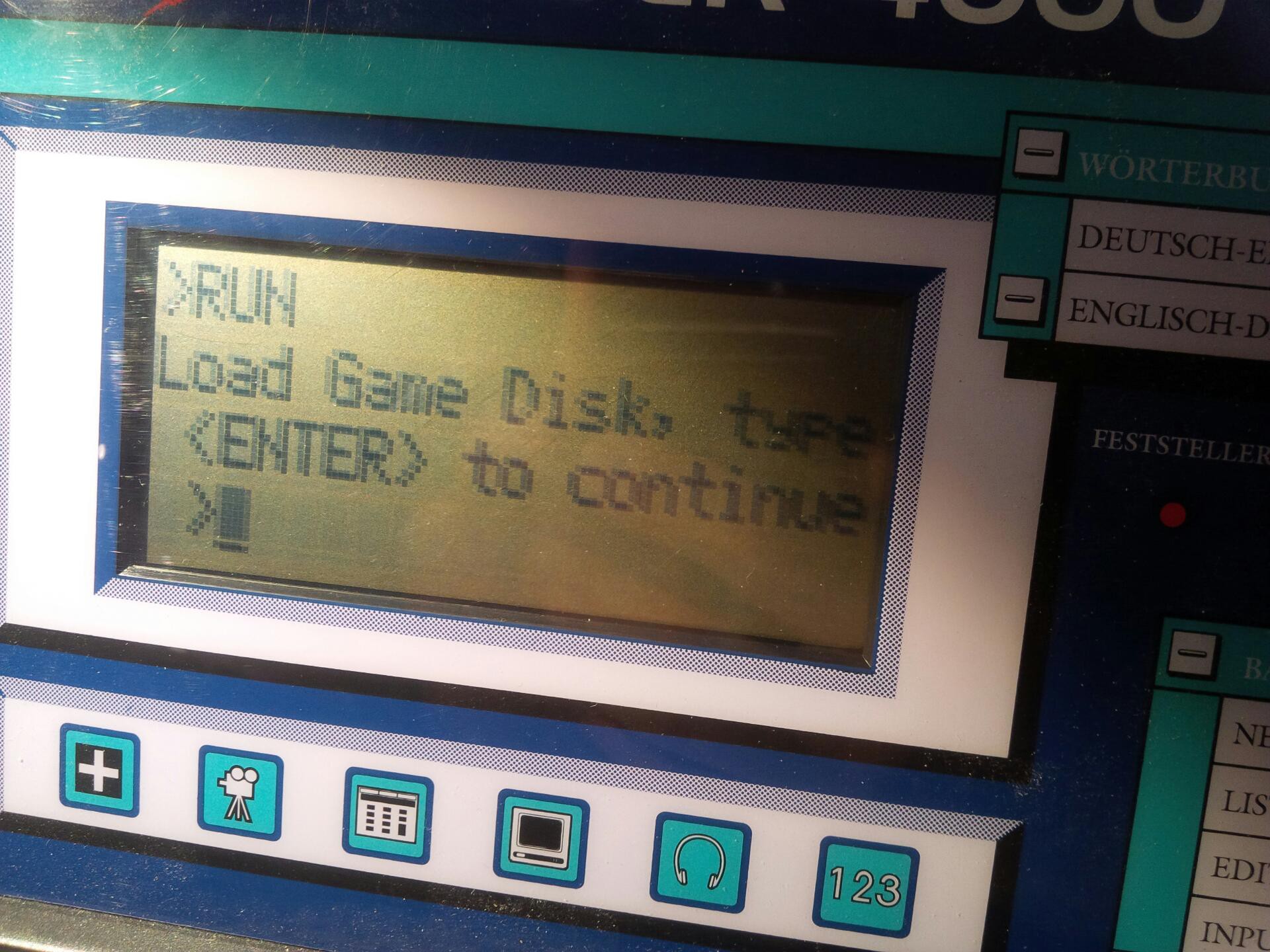
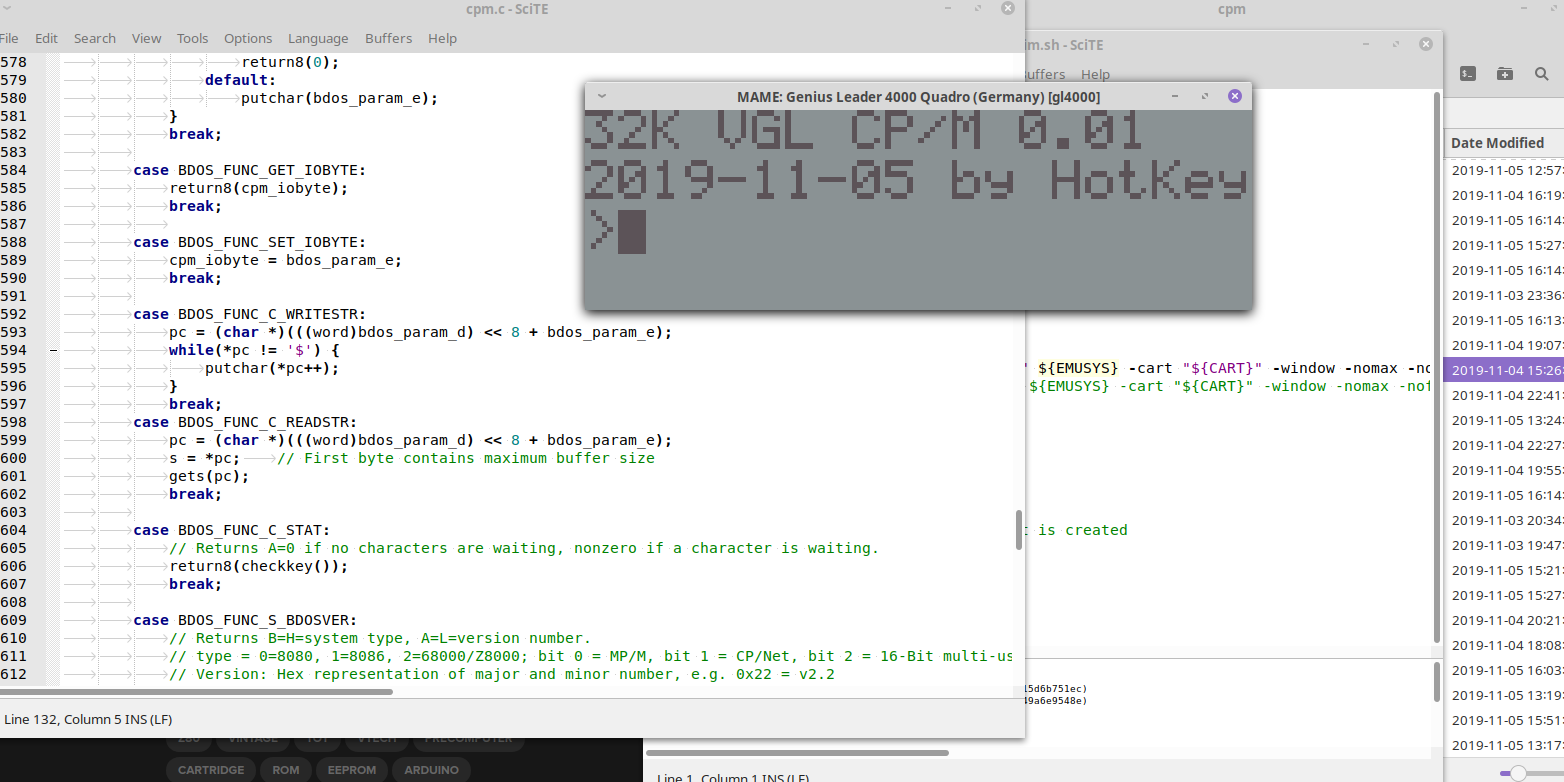
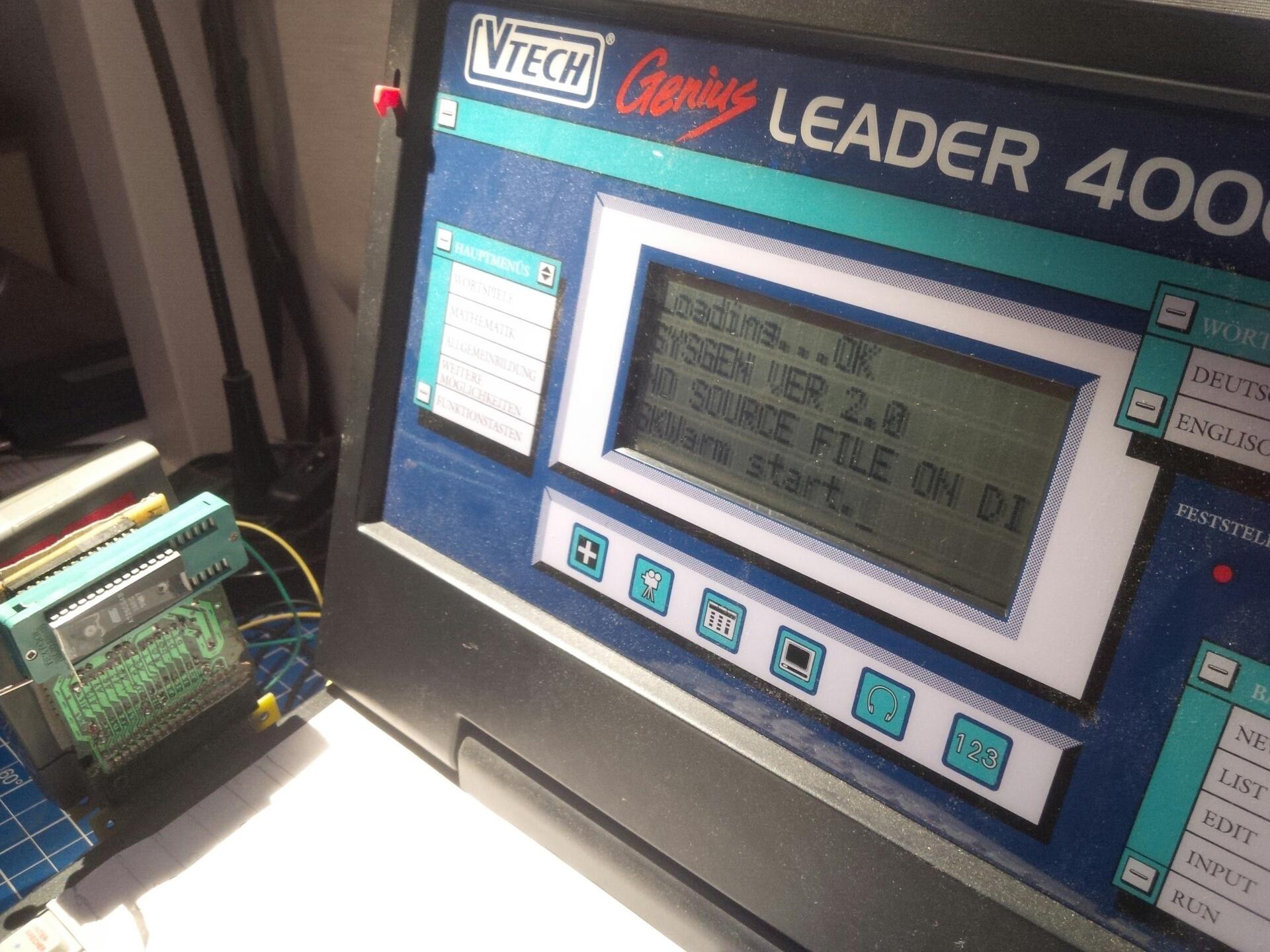







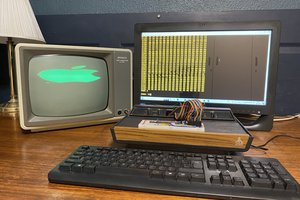
 Johannes le Roux
Johannes le Roux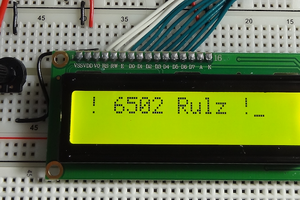
 Jim Jagielski
Jim Jagielski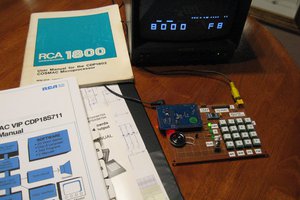
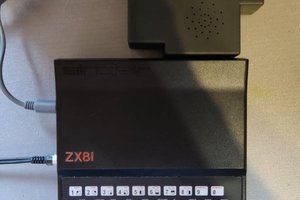
 wilco2009
wilco2009
好開心看到這網站,我以前在這公司工作,已經玩過 Precomputer 1000,2000 至 mouse , 可惜我沒有這類産品。當年設計了一張插咭。功能加了8250 (串口),Ram和Rom。
在PC 下戴Hex,就可執行program 了,真懷念。